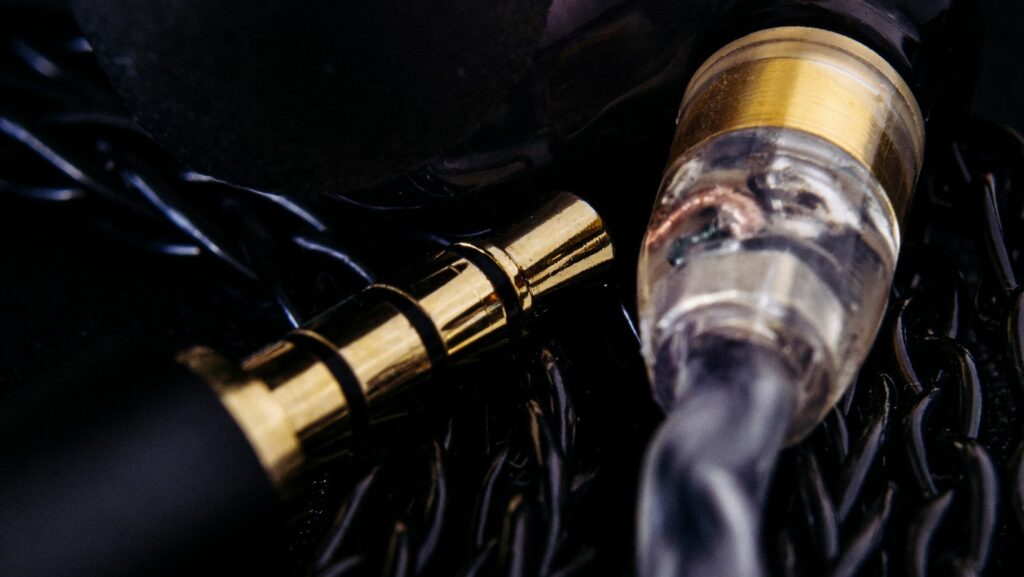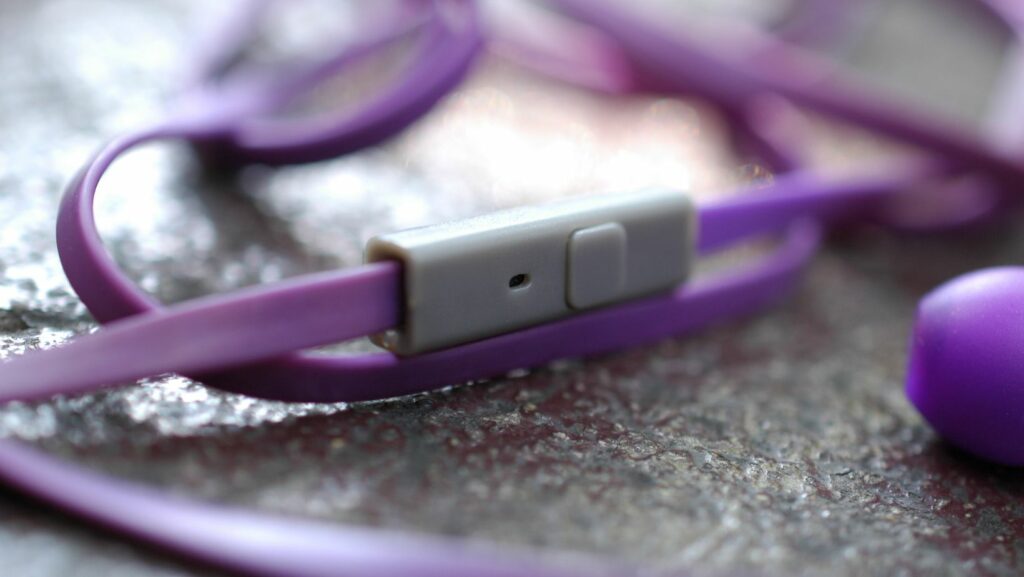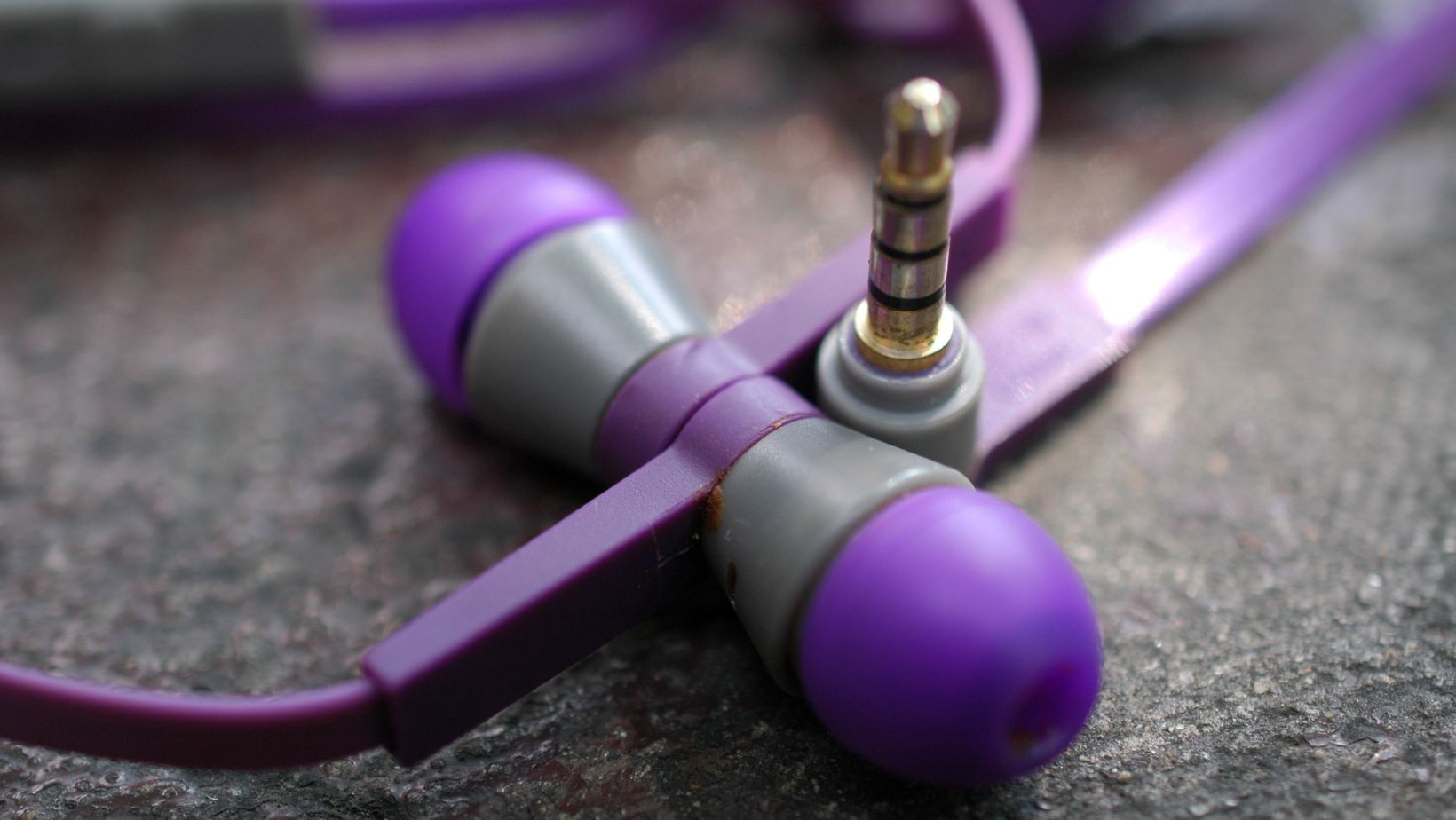In-ear Monitors Can Cause Hearing Damage
In-ear monitors, or IEMs, are small, wireless earbuds that are commonly used by musicians and audio engineers to hear their music or the mix of a live performance. IEMs podcasts and broadcast radio has increased in popularity in recent years. They are also used by many people for personal listening, either for music or spoken-word content such as audiobooks or lectures.
However, there are some potential drawbacks to using IEMs. One of the most serious is that they can cause hearing damage if used excessively or without caution. IEMs seal off the ear canal from outside noise and pump sound directly into the ear drums, which can be harmful if done for extended periods of time or at high volumes. Additionally, IEMs can cause earwax build-up, which can lead to infections or blockages. If you experience any pain, discomfort, or hearing loss while using IEMs, you should consult a doctor immediately.
In-ear Monitors Can be Uncomfortable to Wear
In-ear monitors are small, earbud-like devices that fit snugly inside your ear canal. While they offer a number of benefits over traditional earbuds or headphones—including improved sound quality, better noise isolation, and enhanced durability—they also come with a few potential drawbacks.

One of the biggest complaints about in-ear monitors is that they can be uncomfortable to wear, especially for long periods of time. This is due to the fact that they need to create a seal inside your ear canal in order to function properly, which can put pressure on the delicate tissues in that area. If you already have sensitive ears or suffer from conditions like TMJ or bruxism, this pressure can cause pain or even worsen existing symptoms. In some cases, it can even lead to temporary hearing loss.
Another potential downside of in-ear monitors is that they can cause ear fatigue. This is because you’re essentially wearing mini speakers inside your ears, which can emit sounds at high volumes for long periods of time. If you’re not careful, this can lead to ringing in the ears (tinnitus), hearing loss, and other problems.
Finally, in-ear monitors can be pricey—especially if you need custom-fitted ones. While there are some affordable options on the market, the price tag can still be a deterrent for some people.
In-ear Monitors Can be Expensive
While in-ear monitors offer a number of benefits over traditional earbuds, they come with a few drawbacks as well. One of the biggest is price — in-ear monitors can be significantly more expensive than even high-end earbuds. If you’re just starting out, you may not want to invest in a pair of in-ear monitors until you’re sure they’re right for you.
Another potential drawback of in-ear monitors is that they require a bit of a learning curve to use properly. Unlike earbuds, which you can just put in and start using, in-ear monitors need to be inserted correctly and positioned properly in your ears before they’ll work their best. This can take some trial and error — and a bit of patience — to get right.
Finally, because in-ear monitors create such a tight seal in your ears, some people find them uncomfortable to wear for long periods of time. If you’re someone who likes to wear earbuds for hours on end, you may find that in-ear monitors start to feel uncomfortable after a while. Again, this is something that varies from person to person, so it’s worth trying them out for yourself to see how they feel.
In-ear Monitors Can be Difficult to Keep Clean
If you use in-ear monitors, it’s important to keep them clean. Otherwise, you run the risk of getting an ear infection. In-ear monitors can be difficult to keep clean, because they’re inserted into the ear canal. Earbuds, on the other hand, rest outside of the ear canal and are much easier to keep clean.

In-ear Monitors Can Block Out Ambient Noise
While this may be seen as a positive by some, it can actually be a hindrance in certain situations. For example, if you’re a musician performing on stage, you need to be able to hear the other members of your band as well as your own playing. In-ear monitors can block out too much sound, making it difficult to hear what’s going on around you. Additionally, if you’re using in-ear monitors in a noisy environment (such as a club or bar), they can actually make it harder to hear what people are saying to you.
In Ear Monitors vs Earbuds
In-ear monitors offer a lot of benefits over earbuds. They provide a better seal so that you can hear your music more clearly, and they don’t fall out as easily. In-ear monitors also don’t get as dirty, since they’re not exposed to the outside world as much. However, they can be more expensive than earbuds and they’re not as portable.


